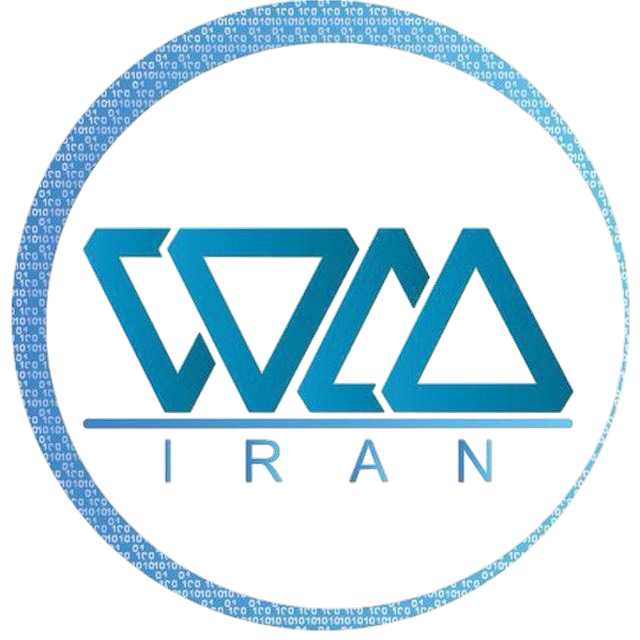Противостояние Solana и Ethereum — одно из самых обсуждаемых в мире блокчейн-технологий. Оба блокчейна позволяют создавать смарт-контракты и децентрализованные приложения (dApp), но при этом используют кардинально разные подходы. На wmiran.com, где мы ежедневно отслеживаем спрос на криптообмены и тренды Web3, пользователи всё чаще спрашивают: Какой блокчейн выбрать — Solana или Ethereum?
Разбираемся по пунктам.
1. Базовая технология
Ethereum использует консенсус Proof-of-Stake (PoS), обеспечиваемый тысячами нод по всему миру. Приоритет отдан децентрализации и устойчивости.
Solana применяет уникальный гибрид Proof of History (PoH) и PoS, что позволяет достигать невероятной скорости, но снижает уровень децентрализации — валидаторов гораздо меньше.
Вывод:
-
Ethereum = надёжность и децентрализация
-
Solana = скорость и масштабируемость
2. Скорость и комиссии
Solana обрабатывает более 65 000 транзакций в секунду при комиссиях ниже $0.001 — почти бесплатно.
Ethereum — медленнее и дороже, особенно при нагрузке, несмотря на обновления после слияния (Merge) и активное развитие Layer 2 решений.
Из практики wmiran.com: Для быстрых свопов, перевода стейблкоинов и NFT пользователи чаще выбирают Solana. Ethereum предпочитают для серьёзных DeFi-операций и больших объёмов.
3. Экосистема разработчиков
Ethereum — лидер по числу разработчиков, инструментов и инфраструктуры. Solidity, EVM, Metamask — всё строится вокруг Ethereum.
У Solana сообщество моложе, но активно растёт — особенно в области NFT, блокчейн-игр и микроплатежей.
Вывод:
-
Ethereum = зрелая инфраструктура
-
Solana = инновационные и дерзкие проекты
4. Надёжность и сбои
Ethereum известен высокой стабильностью. Сеть работает без глобальных сбоев.
Solana не раз сталкивалась с остановками сети и необходимостью ручного рестарта.
Совет от wmiran.com: Для операций с высокой критичностью — Ethereum. Для быстрых и дешёвых экспериментов — Solana.
5. Токеномика и комиссии
-
ETH — нативный токен Ethereum, используется для комиссий и стейкинга. После обновлений стал частично дефляционным.
-
SOL — токен Solana, используется для комиссий, вознаграждений валидаторам и обеспечения сети.
Обе сети поддерживают стейкинг, но Ethereum ориентирован на устойчивость, а Solana — на агрессивный рост.
6. Какой блокчейн выбрать?
Всё зависит от задач:
-
Выбирайте Ethereum, если вам важна надёжность, децентрализация и долгосрочная устойчивость.
-
Выбирайте Solana, если нужна высокая скорость, микрокомиссии или интерес к NFT и новым экспериментальным dApp.
На wmiran.com вы можете обменивать токены обеих сетей — SOL, ETH, USDT, USDC — быстро и без KYC.
Итог
Ethereum — это основа DeFi и Web3. Solana — это передний край инноваций. Обе сети найдут своё место в мультичейн-будущем.
Перед тем как инвестировать или переводить средства, изучайте и тестируйте. А wmiran.com всегда поможет быстро и конфиденциально обменять активы между Solana и Ethereum.




